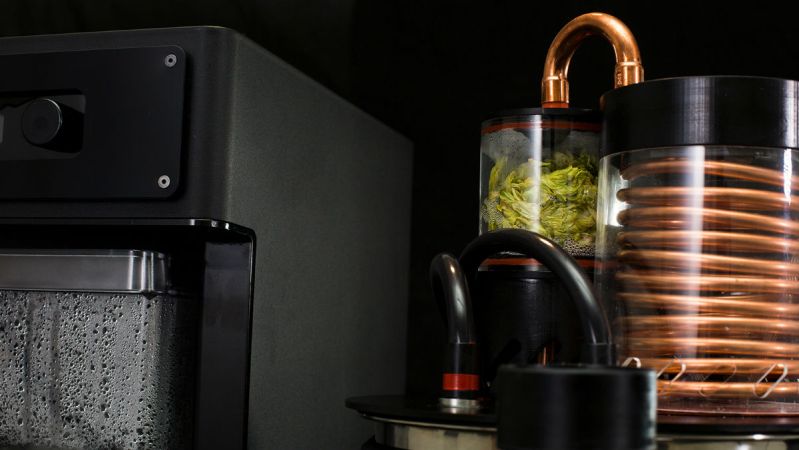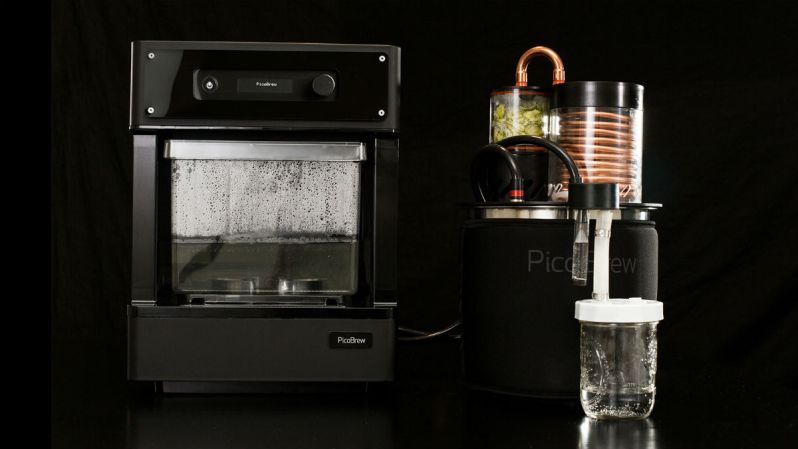Up until, well, now, if you wanted to distill anything at home — such as essential hop oils to elevate your craft beer game — you would’ve needed to not only find a way to make or buy a still, but had the space for the copious amount of equipment. The home distillation game, though, is set to change with the arrival of the PicoStill.
Made by PicoBrew (check out more about their homebrewing systems here), the PicoStill is the first of its kind: a device that will allow anyone to create essential oils at home without the risk that come from a still that your Uncle Jimmy put together in his barn.
In a statement, PicoBrew CEO Dr. Bill Mitchell called the PicoStill an exciting development for the company. “Just as we pioneered the craft brewing appliance space five years ago with breakthrough professional-grade brewing innovation, now we are pioneering the small batch distillation space with innovative, professional distilling equipment.”

Now, we know what you’re all thinking. But, it’s a still. That means I can make hooch with it!
Technically, yes. You could. Would it be illegal? Also yes. In most states, home distillation for personal consumption is illegal. Like, go to jail illegal. To make a spirit, you would need to be licensed to do so by your state. That doesn’t mean you can’t make plenty of other things, though.
Aside from essential hop oils — which can be made in less than an hour and then used in place of dry-hopping when making beer — you can also distill water, herbs, spices, and more.

In terms of safety, the PicoStill is crafted to reduce the threat of incredibly dangerous situations (read: explosions) that could happen when alcohol vapors are in the air near sources of ignition (like the open flames that might be heating the still). PicoStill is basically a modern vacuum, which helps lower temperatures and prevent vapor leaks. The keys for the creators of PicoStill, Mitchell said, was safety and ease.
“Precise, repeatable performance under tight process-control is the key to addressing traditional challenges that distillation has posed,” he elaborated.
If the vacuum does happen to break, PicoStill is built with a patent-pending mechanism to shut the heat off while a special methanol collection chamber isolates cogeners.
If home distilling is your next venture (new year, new you!), PicoStills are up for preorder for $249. The MSRP when they go on sale will be $349.



